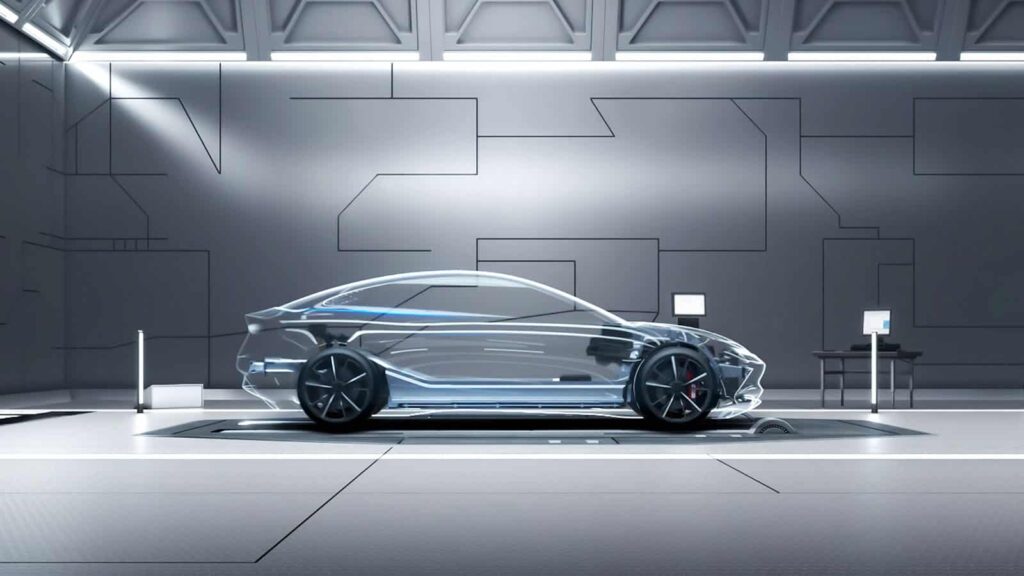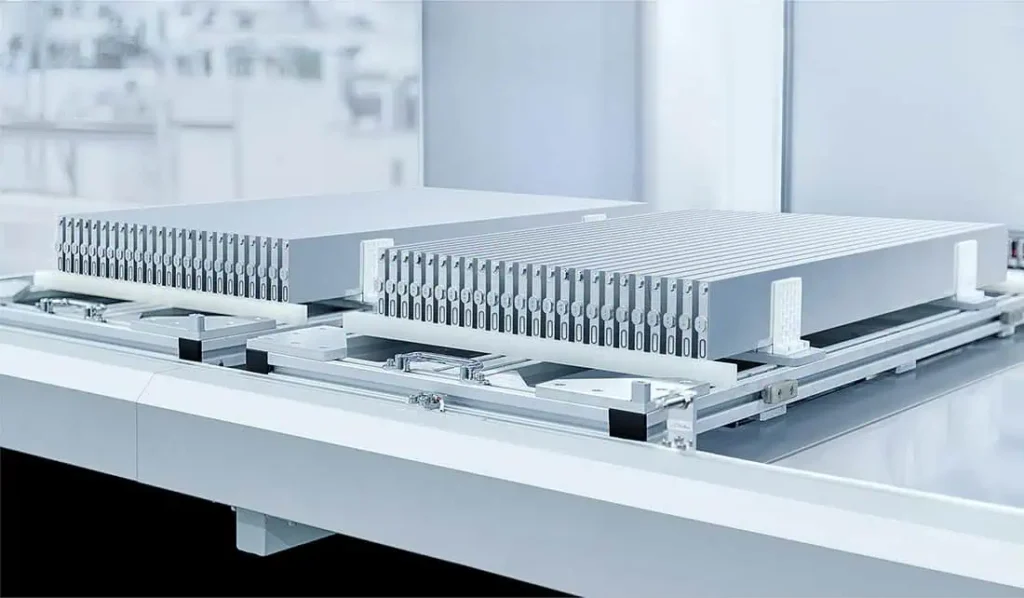What Is Cell-to-Body Technology, and How Does it Help the EV Industry?
With the increasing adoption of EVs, car manufacturers are pressed to enhance and change their designs to align with the growing level of competition, with prices that continue to drop while quality increases. A key concern among potential EV owners is the vehicles’ range, specifically the distance they can cover on a single charge. One conventional method to extend this range is incorporating larger car battery cells. However, this solution introduces additional weight, making the vehicle bulkier and less efficient.
The industry is exploring innovative solutions like cell-to-body (CTB) technology in response to these challenges. Recently, leading Chinese auto manufacturer BYD made headlines for its leading implementation of this technology, signaling a significant shift toward more efficient, lightweight, and cost-effective EV battery cells. This innovative integration promises to improve the range of EVs by reducing weight and opens up new possibilities in vehicle design, manufacturing, and car battery technology.

What Is Cell-to-Body Technology?
Cell-to-body, (CTB) technology represents a groundbreaking electric vehicle design shift. This approach integrates the battery cells directly into the vehicle’s structure rather than housing them in a traditional battery pack.
Incorporating battery cells directly into the car’s structure using a battery chassis significantly reduces the vehicle’s overall weight. It creates additional space that bulky battery packs would otherwise occupy. This method not only proves to be more cost-effective due to the lower manufacturing costs of the battery cells compared to assembling cell modules into packs, but it also simplifies the vehicle assembly process.
The direct adherence of cells to the vehicle’s body streamlines assembly, making it quicker and requiring fewer materials. This innovation transforms the cell casing from merely additional weight to a critical component that contributes to the vehicle’s structural integrity, thereby enhancing its efficiency and performance.
SAE’s Technical Paper on CTB
In April 2023, SAE International published its technical paper, “Development of Cell to Body Technology toward High Levels of Integration, High Strength and High Stiffness.” SAE’s technical paper reviewed how CTB increases the structural strength of the vehicle, while also reducing intrusions into driver and passenger spaces from impacts. The paper also included how CTB increased interior volume utilization, due to eliminating the need for cell casing on the top and bottom of the battery cells.
SAE International is a global professional association and standards organization best known in the EV industry for the SAE J3400 standard, which will allow standardization of North American Charging Standard (NACS) charging in all EVs in the US.
Chinese EV Leader BYD Pioneered CTB Recently
In 2022, BYD Auto launched its groundbreaking cell-to-body technology, setting a new standard in battery pack design and system-level integration for the next generation of electric vehicles, by integrating battery systems directly into the vehicle’s structure. This innovative design incorporates a sandwich structure that includes an upper cover, BYD’s proprietary Blade Battery cells, and an underbody protection tray, achieving a remarkable volume utilization rate of 66%.
A new, second-generation BYD blade battery was announced in April 2024, featuring an improved efficiency with up to 190 kWh density, offering an impressive range of up to 621 miles.

This higher level of integration boosts the battery pack’s efficiency and enhances the vehicle’s overall structural strength. Through the CTB technology, the vehicle’s ability to withstand impacts has been increased, demonstrating significant reductions in intrusion during front, small overlap, and side pole impacts.
Integrating the battery pack with the vehicle body has led to remarkable improvements in handling performance and passenger comfort, evidenced by a 70% increase in torsional stiffness and a 57% increase in bending stiffness of the body. BYD Auto’s CTB technology exemplifies the immense potential for high-performance battery electric vehicle design, offering a promising pathway toward safer, more efficient, and more comfortable electric vehicles.
What’s the Future of CTB?
It’s unclear how popular CTB will become among EV manufacturers. Vertical integration is another of BYD’s innovations. BYD’s effective use of vertical integration has allowed the company to reduce vehicle costs, disrupting traditional industry norms by bringing key aspects of vehicle production in-house. BYD minimizes dependency on external sources for critical components through this innovative process. Vertical integration aids the CTB process.
BYD and Chinese EV companies have led most innovations in the global electric vehicle industry so far; CTB and vertical integration are just some of many examples. Will American EV-producing companies such as Ford and GM catch up and use vertical integration, CTB, and other new Chinese innovations? We think so, but only time will tell.

Electric Vehicle Marketing Consultant, Writer and Editor. Publisher EVinfo.net.
Services